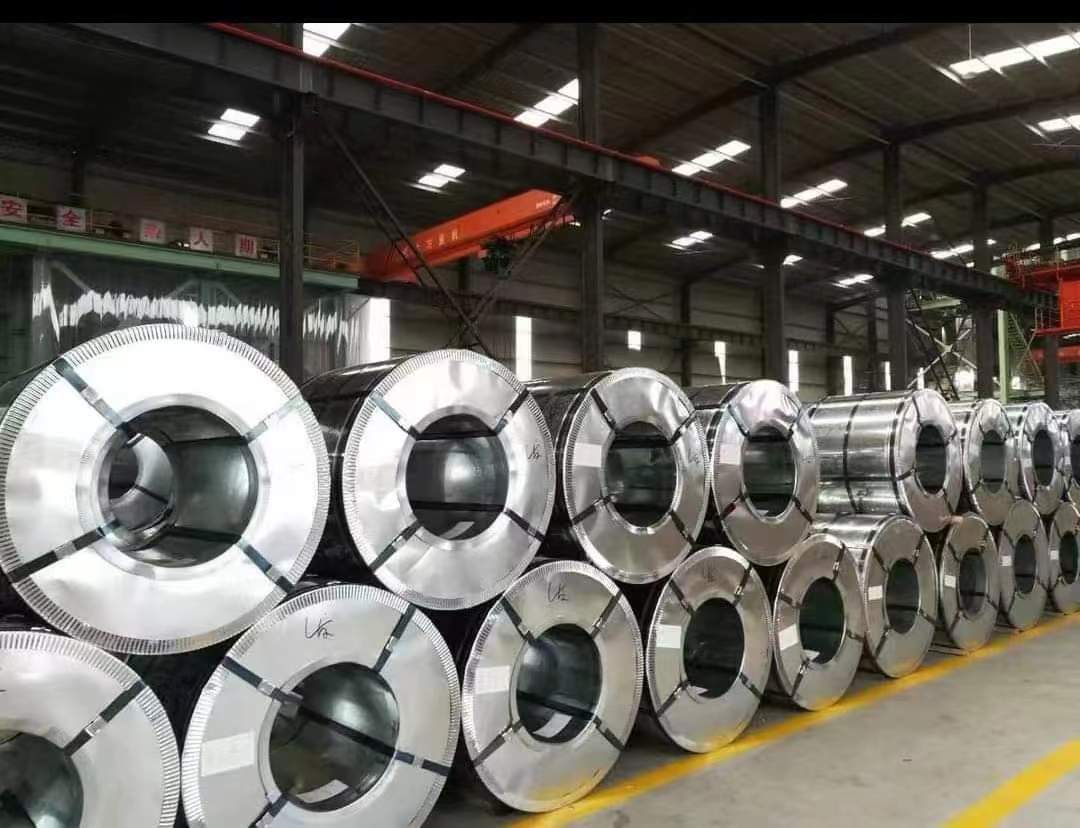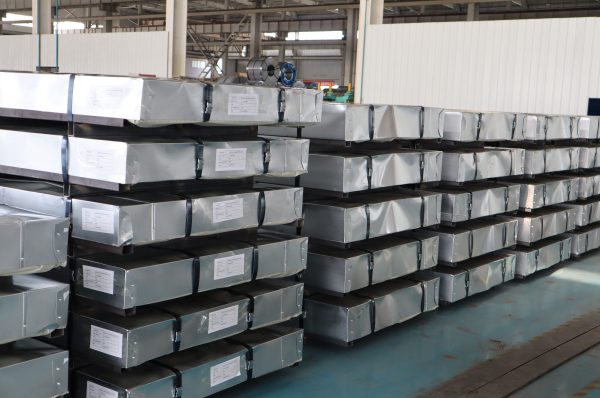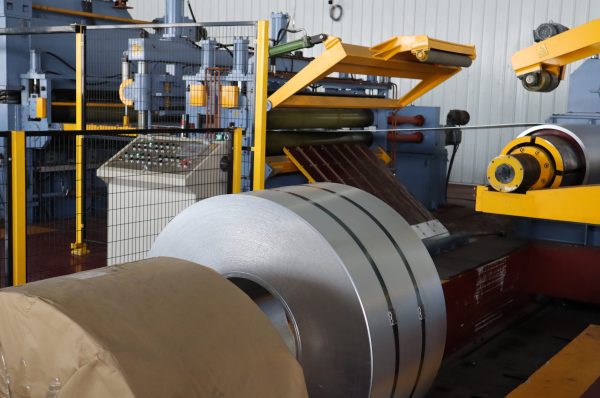Origin and production
An iron-carbon phase diagram showing the conditions required to form different phases
A glowing piece of steel in a blacksmith’s shop
Iron is commonly found in the earth’s crust in the form of an ore, usually an iron oxide such as magnetite or hematite. Iron ores are extracted from the earth’s crust, usually in the form of iron oxide, usually in the form of iron oxide, usually in the form of magnetite or hematite. This process, known as fusion, was first applied to metals with a lower melting point, such as tin, which melts at around 250°C, and copper, which melts at around 1010°F, and the combination bronze, which has a melting point below 1013°C. In antiquity, smaller quantities of iron were melted in the solid state by heating the ore in a coal fire and then welding the lumps together with a hammer, forcing out the impurities. By moving the ore around in the fire, the carbon content could be carefully controlled. Unlike copper and tin, liquid or solid iron tends to dissolve carbon.
All this has been achieved using old techniques dating from the Bronze Age. It is important that smelting takes place in a low-oxygen environment because the rate of oxidation of iron increases rapidly above 800°C (1,470°F). Melting with carbon to reduce iron oxides produces an alloy (pig iron) that contains too much carbon to be considered steel; the excess carbon and other impurities are subsequently eliminated.




